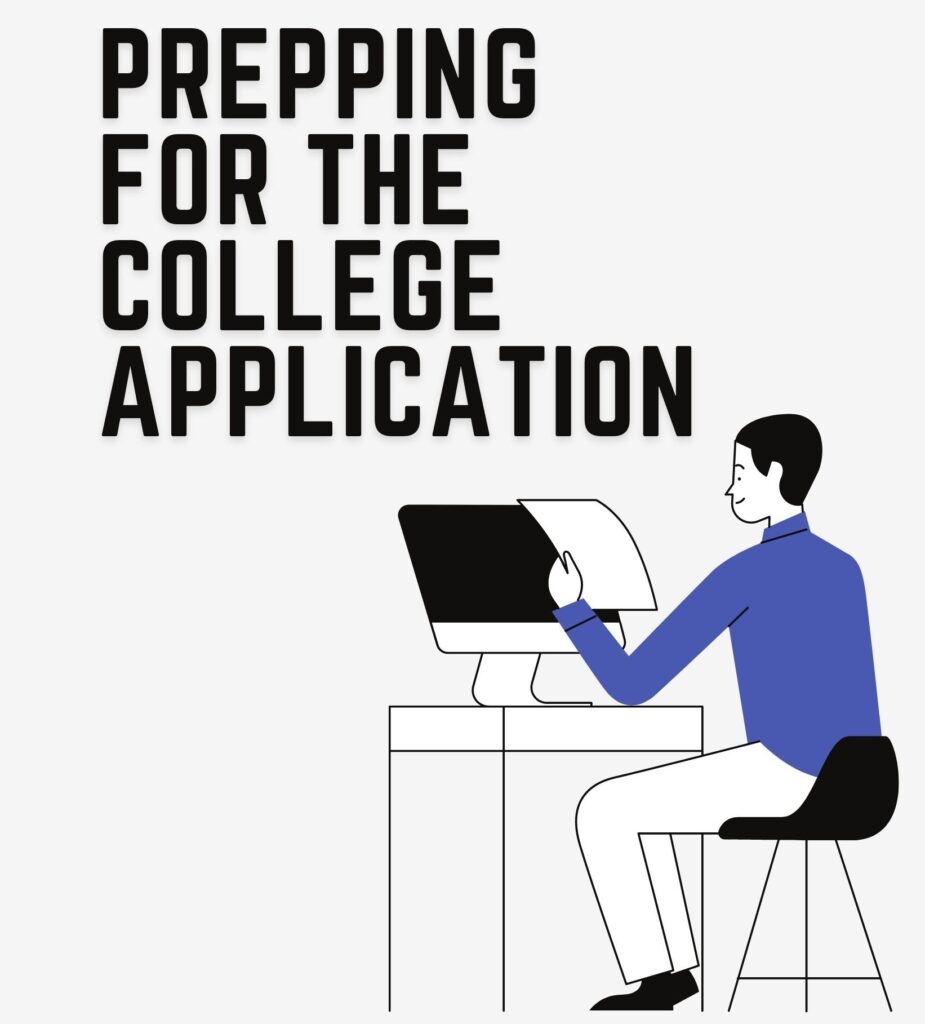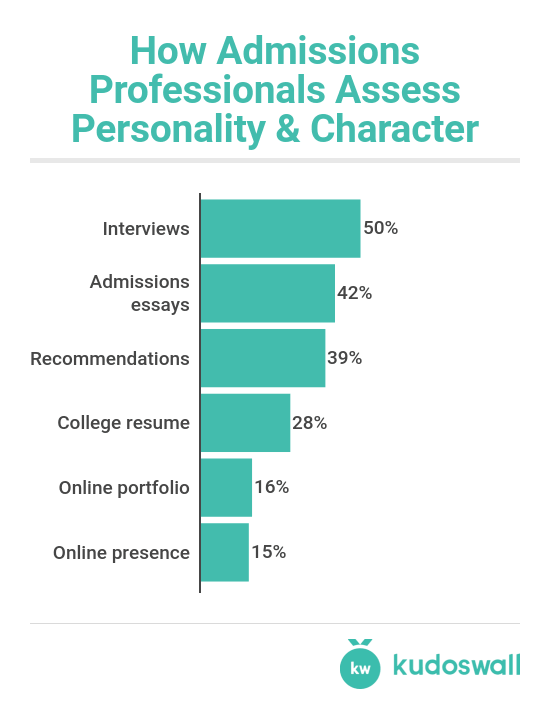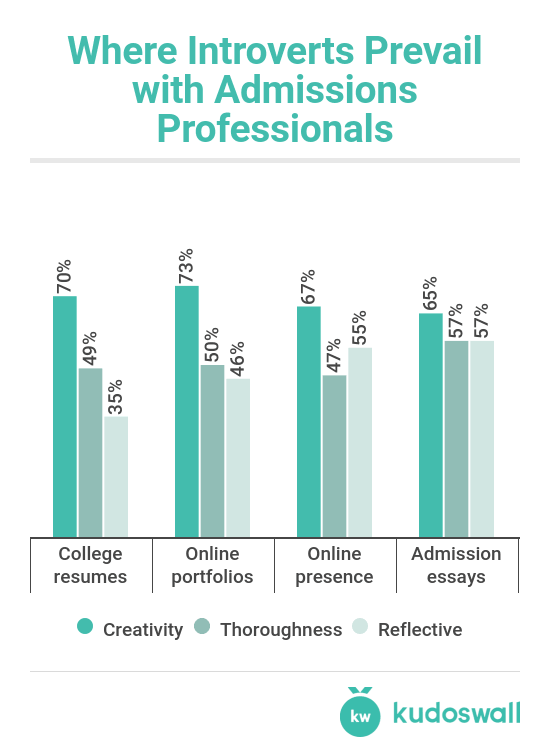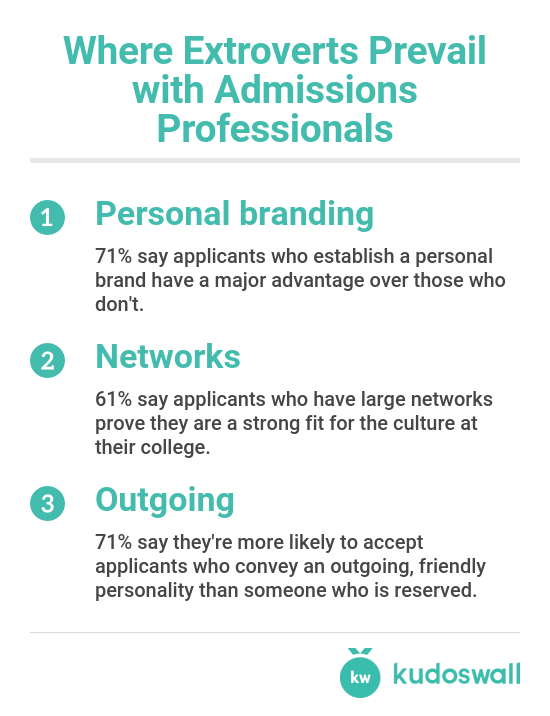
Choosing a college to go to can be difficult. If you make the wrong choice then this may have an impact on your education for the next few years of your life, but with a bit of research you can be sure to make the right decision.
Accreditation
It doesn’t matter what type of college you are looking to attend because you need to choose one that is accredited. There are various types of accreditation, and some of them include licenses and certificates too. It also helps to do some research as it will help you to understand where your chosen college excels. Quite often, the college will list any credentials they have on their site, so take note of them and then work out what each accreditation stands for. This way you can find out exactly what the college can offer you, and you can also get some valuable insight into how they work as well.
Reviews
One of the best ways for you to understand the quality of a school is to look up rankings and ratings. There are plenty of sites that have all of the information you need, and a lot of them are based on student experiences. You can find out more about a school’s culture, the faculties that are available and even the social life that people have on campus. Remember that going to college isn’t just about the educational facilities, it’s about the student experience too. If a college doesn’t show good reviews for a specific time period, that doesn’t mean that they haven’t turned things around since. Jerry Jellig for example, works with educational institutions to help them do this.
Academic Support
College can sometimes be a challenge, so it helps to know that you have some degree of academic support outside the classroom. Look up to see if your chosen college offers remedial courses in core subjects, and also find out if you have to pay for this.
Social
Do you like to meet up with new people? Or would you prefer more of a close-knit community? Either way, the environment of a school is very important. There is a high chance that you are going to be staying there for years, and you may even be living on or near campus too. A few years is a long time to be living in a community that does not suit your personality. Take the time to find out how many people attend your university, how far away you are from the social and entertainment facilities, and also see if there are any smaller areas around the college that you would rather stay at.
Extracurricular
Sports are often emphasised at college and this is great. If you’re not the sporting kind however then it helps to see if there are any other activities that you could take part in. Sometimes you need to unwind at the end of a long day, so if there are any particular extracurricular activities that you would like to take part in, or if there are any clubs that you would enjoy then take note when making your decision.











